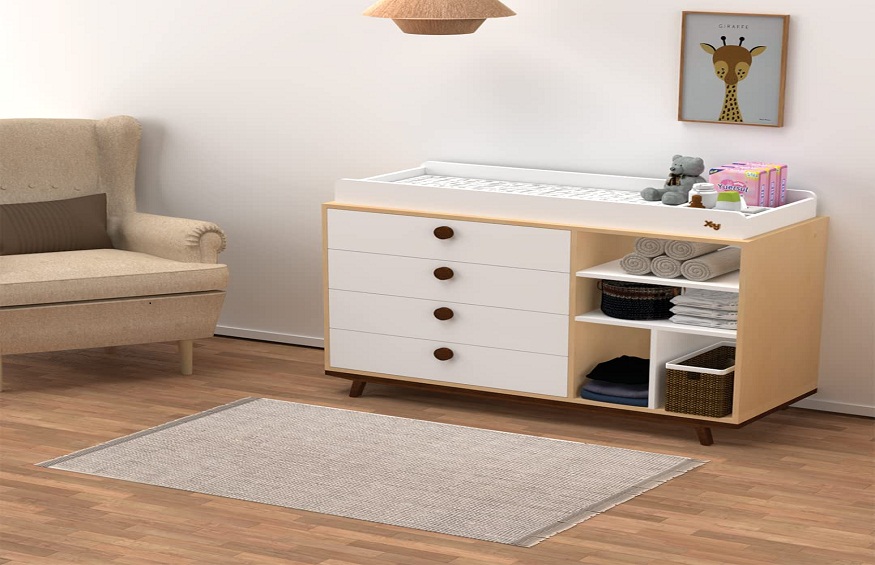Standing desks are gaining popularity as more people seek to reduce time spent sitting and improve their health. While standing desks offer benefits, maintaining good posture is crucial to avoid neck and back problems. This article will discuss common errors when using a standing desk and provide tips to improve posture and ergonomics. It’s for everyone using a stand-up desk, whether it’s their first time or not. The aim is to offer valuable tips for maximizing the benefits of a standing desk and ensuring comfort and health while working.
What Are Some of the Most Common Posture Errors and How Can You Avoid Them?
Standing desks can improve posture by encouraging an upright and engaged position. They also reduce the chances of slouching, hunching, or slumping. Standing at a computer desk helps you maintain a straight posture, engage your core muscles, and keep the neck and head in neutral. This can help reduce neck, shoulder, and lower back strain, as well as discomfort. However, misusing a standing desk can lead to poor posture. Learn how to avoid the most common posture mistakes.
Mistake 1: Leaning Forward or Hunching at Your Desk
This strains your neck, shoulders, and lower back unnecessarily.
What to Avoid
To maintain good posture, keep your shoulders relaxed and your chest up. Make sure your desk is at the right height. When standing, keep your legs hip-width apart, lift your chest, and relax your shoulders.
Mistake 2: Leaning on One Hip or Leg
Leaning on one hip or leg can help improve circulation and reduce fatigue. Try shifting your weight and doing small movements like rocking one foot.
To make standing more comfortable, use a mat or cushioned flooring to ease pressure on your knees and ankles.
What to Avoid
Distribute your weight evenly on both feet and avoid leaning one way. Use a footrest to shift weight from one leg onto the other. This will reduce fatigue.
Mistake 3: Do Not Shift Weight When Keeping the Feet Flat
Standing for long periods can be exhausting and uncomfortable.
What to Avoid
You can improve circulation and reduce fatigue by shifting your weight and doing small movements like rocking one foot. To make standing more comfortable, it’s a good idea to use a mat or cushioned flooring to ease pressure on your knees and ankles.
Mistake 4: Failing to Engage the Core Muscles and Maintain a Straight Back
A solid core is essential for maintaining good posture and a healthy spine.
What to Avoid
Engaging the core muscles will help you avoid slouching or hunching. Maintain good posture by using a stability ball or back support.
Mistake 5: Leaning Your Head or Neck Forward or Downward
This position can cause neck and headache issues. Keep your neck straight and spine parallel. Make sure your head is also straight and parallel.
What to Avoid
Ensure your standing desk is set at the right height to avoid neck strain. Elevate your monitor to eye level for proper alignment. Remember to stretch your neck and shoulders regularly to release tension. To get familiar with adjusting your standing desk, let’s tackle some frequently asked questions.
This post was written by a professional at Southern Rust Furniture. At Southern Rust, we take furniture seriously. We specialize in industrial credenza furniture with a rustic twist. Our pieces can be adapted to fit a variety of styles, and we can customize all the details to perfect each piece for your home or office. At Southern Rust we know that details matter, and finding one of a kind custom built furniture to fit your space is hard to come by. However, our highly skilled team can make your vision a reality. If you’re looking to furnish your space, you can view our popular pieces and order them directly, or you can meet with us to design a custom piece for your home or office.




